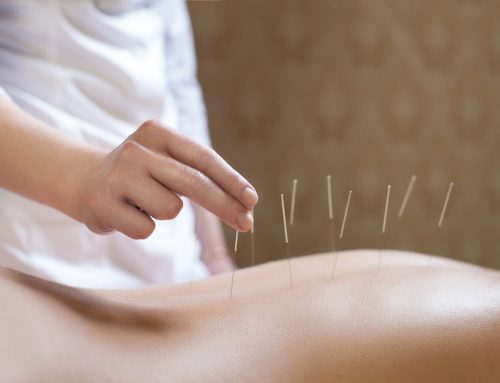The little shrimp can cause big problems for your health and the planet. These little guys might be tasty but there are definite, unsavory problems with shrimp. Things such as not being regulated and being “cleaned” with radiation. Here are six reasons to think twice about your shrimp:
-
The farms that produce shrimp actually feed the shrimp more seafood than they harvest. The point of farming seafood is to get more seafood not less.
-
The fish that shrimp eat are the same as the fish humans eat. They are fed “trash fish,” fish that are caught by accident. So the shrimp are being fed food-grade fish, seafood that humans could use, and causing fishermen to fish more.
-
Even though U.S. law protects sea turtles, state laws makes it impossible to enforce them. For example, U.S. law requires that turtle exclusion devices be used by shrimp trawlers, which reduce the catching of turtles by 97%. In Louisiana, however, the state says that this imposition is “unjustified, inequitable, and unworkable,” despite the fact that all of the U.S. turtles are protected by the endangered species act.
-
The FDA has banned antibiotics. Unfortunately, 95% of our shrimp is imported. And, even though the FDA rejects any shrimp that is imported with antibiotics, only 0.07% of imports are inspected.
-
That tasty little shrimp may well have been “cleaned” with formaldehyde. Shrimp farmers use formaldehyde to kill parasites in their farms. While formaldehyde is not toxic to the shrimp, it is toxic to humans, and the FDA has not set standards or regulated the farmers’ use of it, to keep it from poisoning humans.
-
The “Best Aquaculture Practices” is supposed to mean that the imported shrimp meet the same standards as U.S. shrimp. However, the label on the package can mean that only the plant has passed inspection. There are lots of steps from bait to plate. You have to check the back of the package to see how many stars are on the package–the more stars, the more of the process has been certified.


